If you’re travelling to Glasgow, one of the recommendations I heard time and time again was to go on a Whiskey Distillery Tour. After all, whisky is considered a symbol of Scotland’s national identity. It literally and figuratively represents the country’s spirit and is closely tied to Scottish traditions, folklore, and celebrations, such as Burns Night, where whisky plays a central role in toasting the famous Scottish poet, Robert Burns. But if you’re like me, whisky isn’t my favourite drink. And the idea of spending a whole day out to taste it didn’t particularly appeal to me. But I was convinced to go with the rest of the group I was travelling with, and I’m honestly happy I did so I could review it for you all. At the end of the day, I was very surprised by my experience. So come with me, and see if a Whisky Tasting Tour is for you!
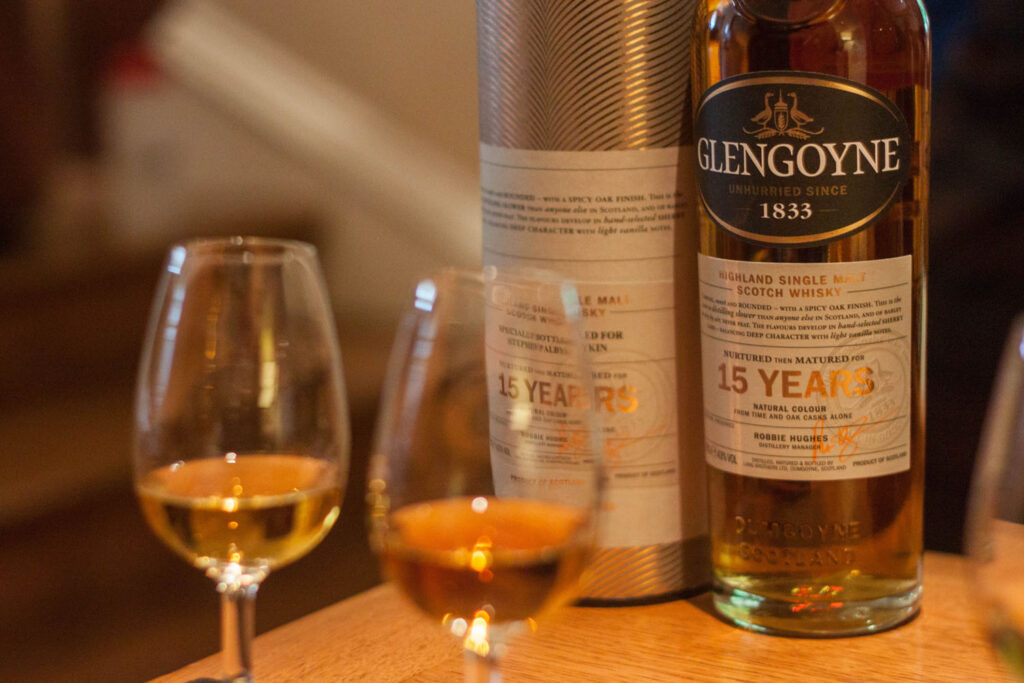
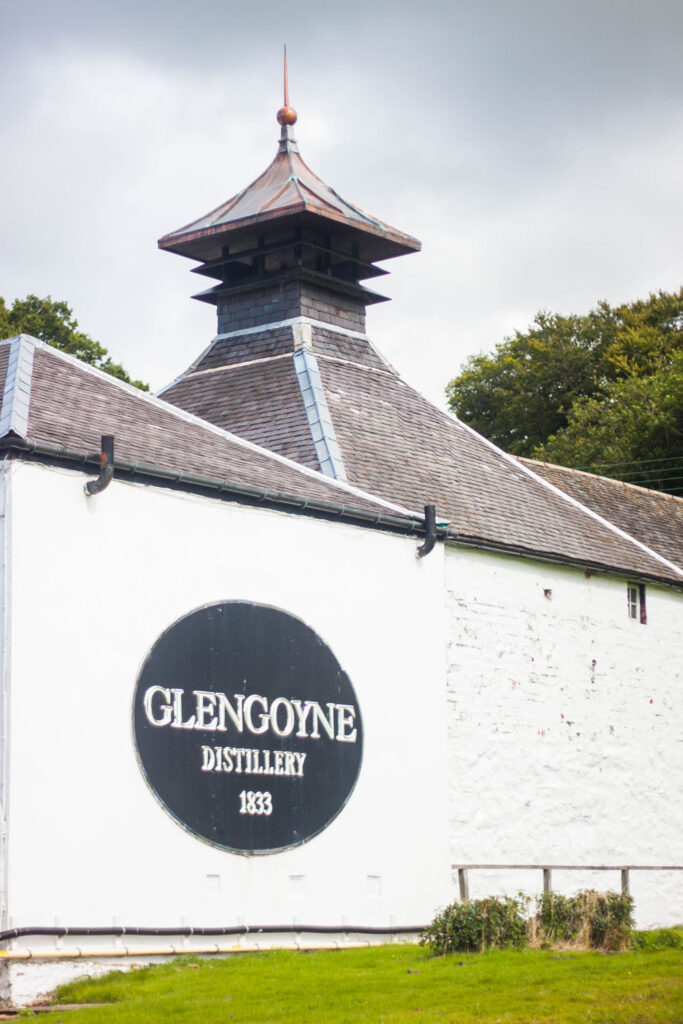
History of Whisky in Scotland
Whisky production in Scotland dates back to at least the 15th century, with the first recorded mention of distilling whisky appearing in 1494. The traditional Gaelic term for whisky, “uisge beatha,” translates to “water of life,” highlighting its importance in Scottish culture. Scotland’s whisky is made throughout the various regions in the country, each producing distinct styles of whisky influenced by the geography, climate, and production techniques. This regional diversity adds to the cultural richness of whisky in Scotland.
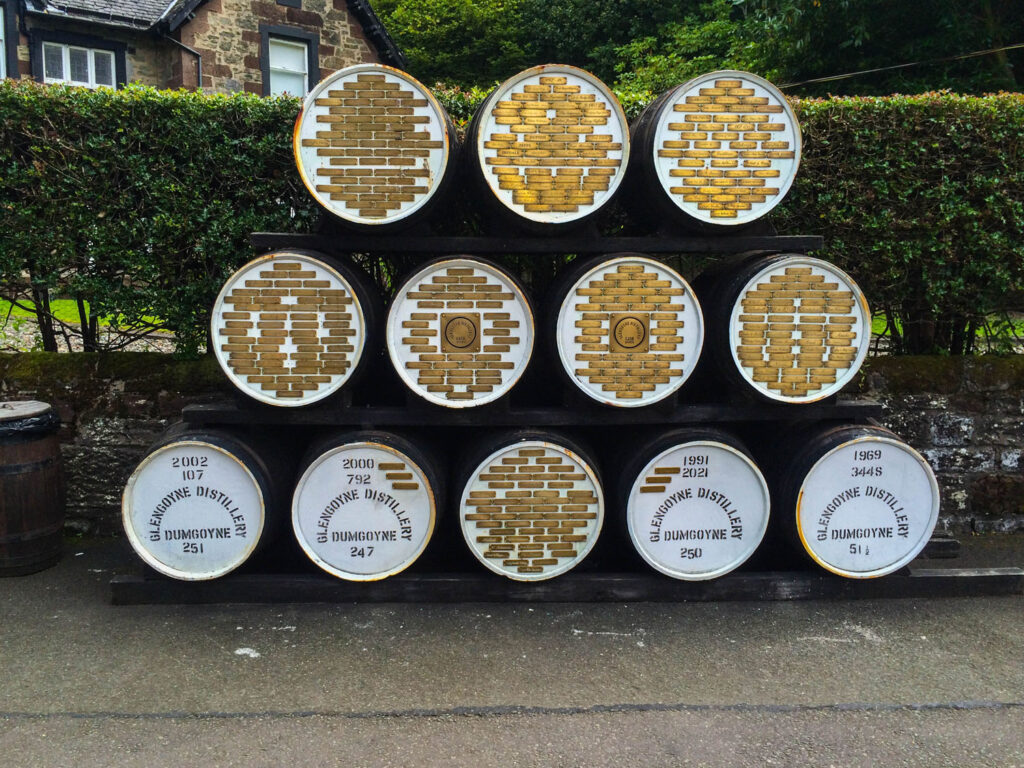
What Whisky Tour to Take?
The whisky industry is a crucial part of the Scottish economy, too. Scotland is home to over 130 whisky distilleries, making it the largest producer of whisky in the world. So, no matter where you are in the country, you’ll be able to find the perfect distillery. If you’re like me and don’t have an affinity for whisky, many interesting-themed tours add something special to your experience outside of just the whiskey tasting. There are chocolate pairings that soften the taste of liquor, storytelling tours that add a whimsical touch with folklore tales woven into the experience and even a cheese-tasting experience paired with the whisky. We opted for the chocolate pairing tour as it was in a great location, and I really love chocolate!
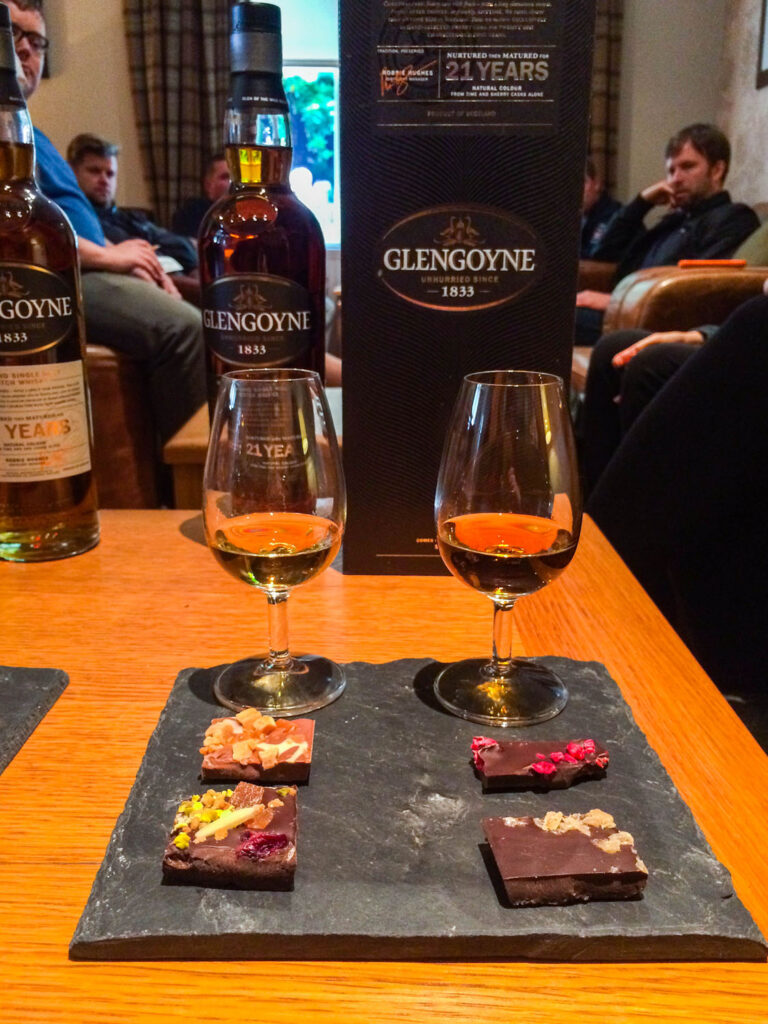
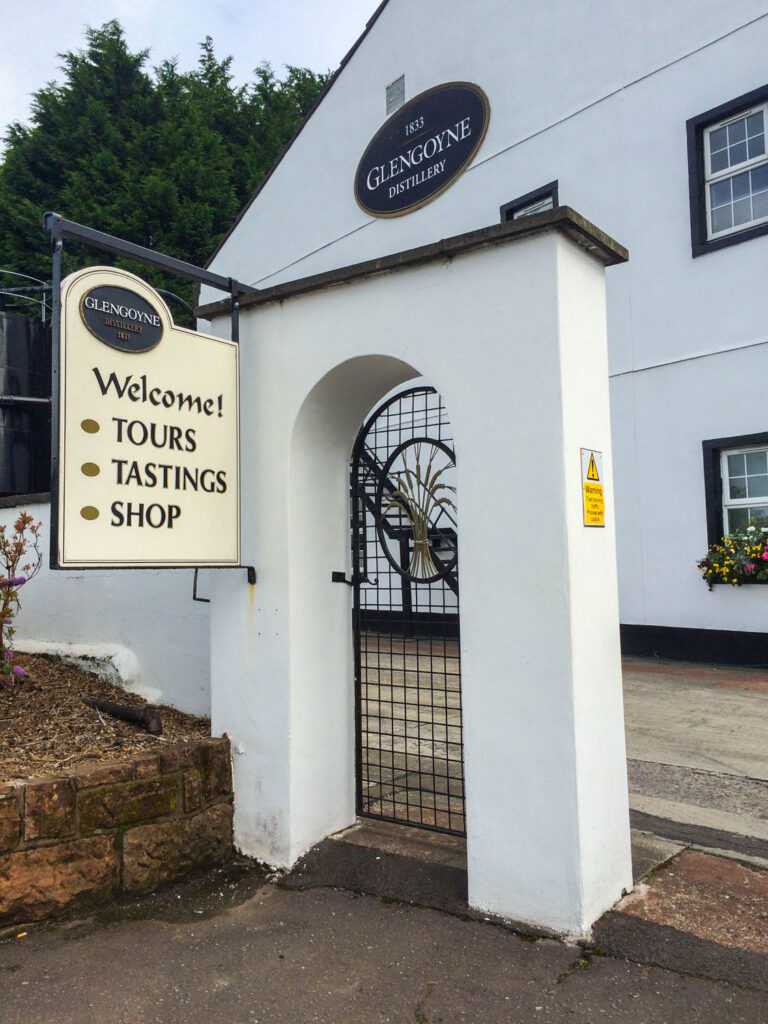
Journey to the Countryside
Many tours you can book with provide transportation, but we opened to book directly through the Glengoyne Whisky website and make our way to the Distillery, located inDumgoyne, on our own. Even though the distillery is located far outside the city, the X10 bus (destination Balfron) departs from Buchanan Bus Station, which is right in the centre of Glasgow! And stops at the gates of Glengoyne. The bus ride up to this distillery was mostly enjoyable. Watching the buildings disappear is always so interesting, and the raw, natural landscape reveals itself to you as you travel further away from the city centre. We cruised by rolling hills and seas of green grass.
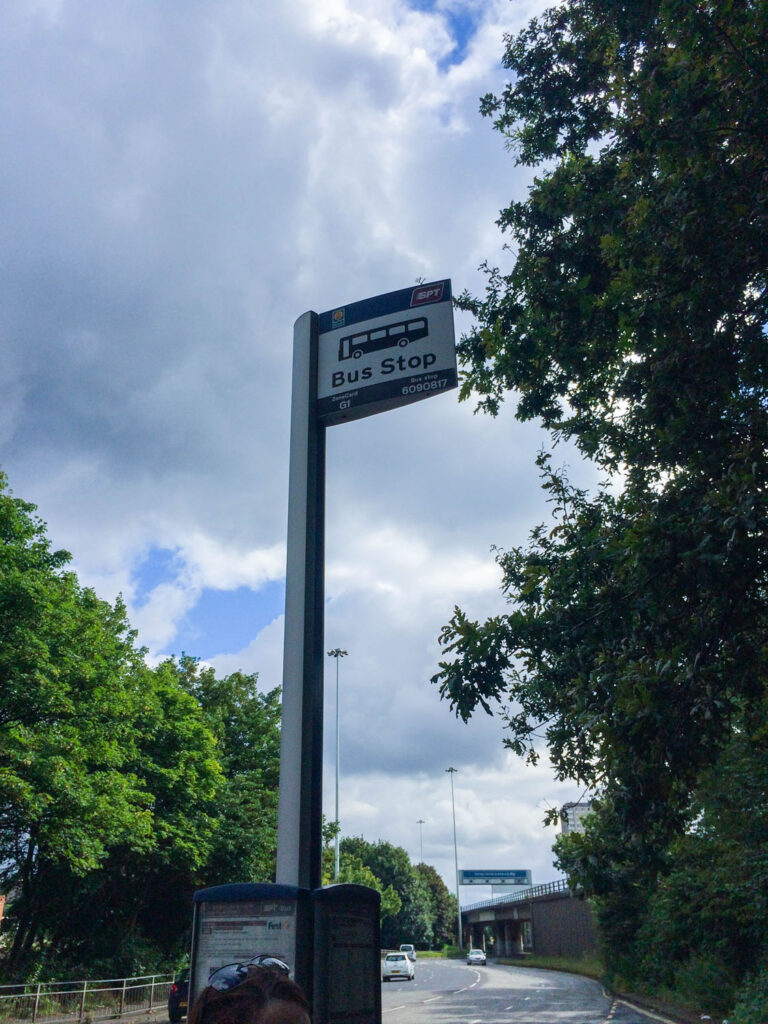
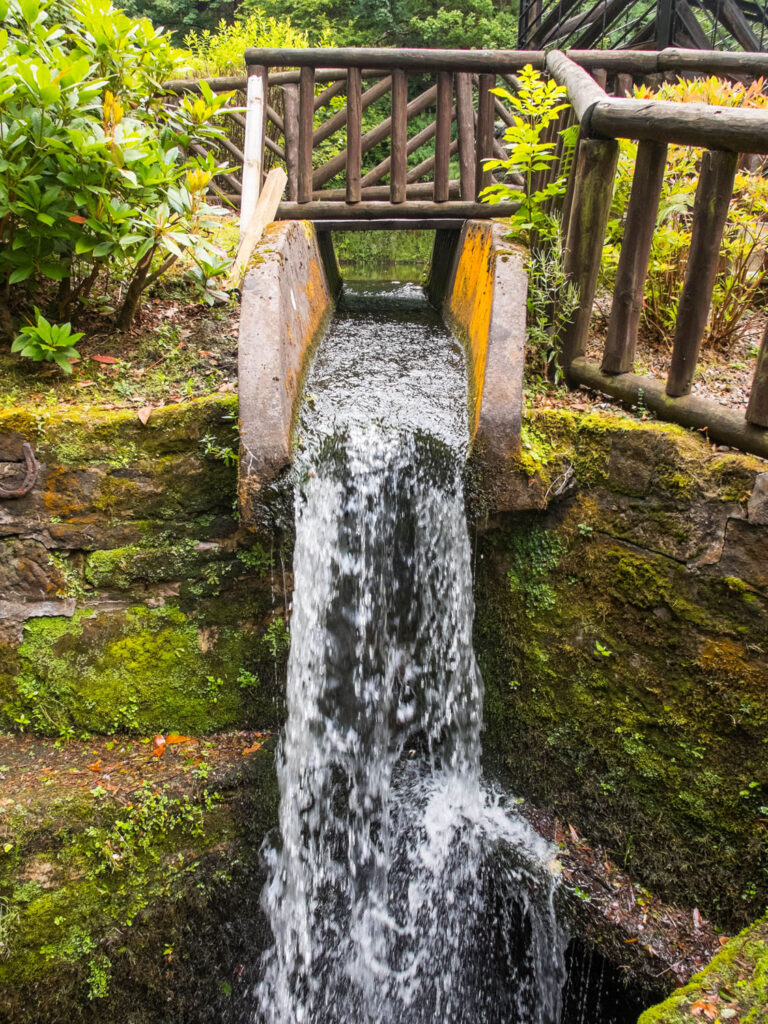
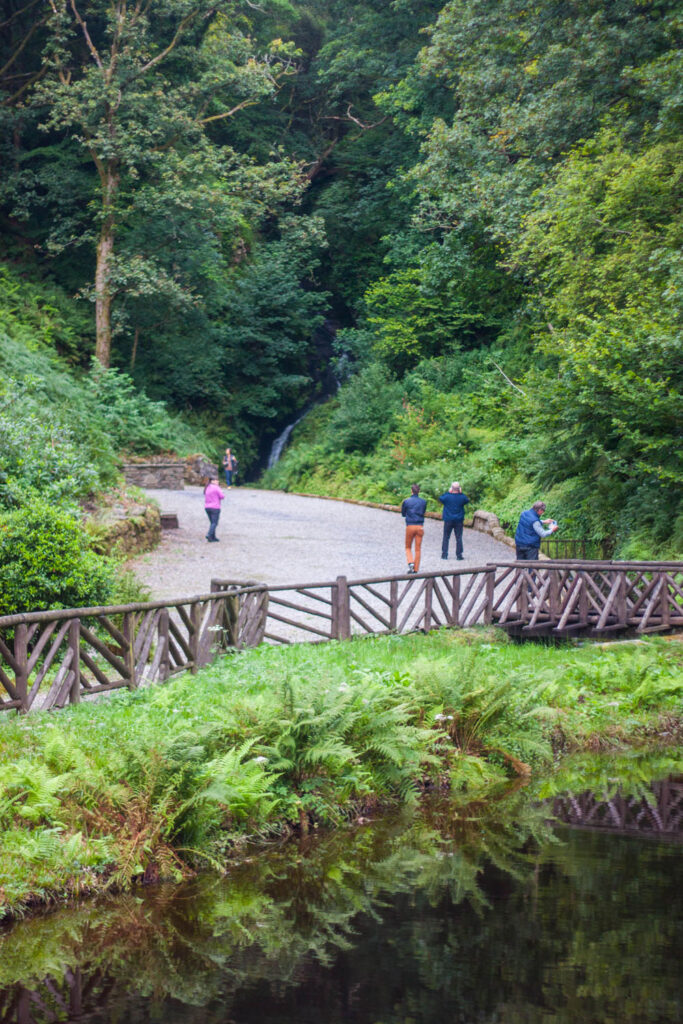
As is the case with everything you travel into Scotland, the narrow roads begin to twist and turn across the rugged countryside. And yet, this enormous bus was barreling down the thinnest country roads at speeds rivalling a highway! It felt like a rollercoaster, and I was so thankful when we saw our stop in the distance.
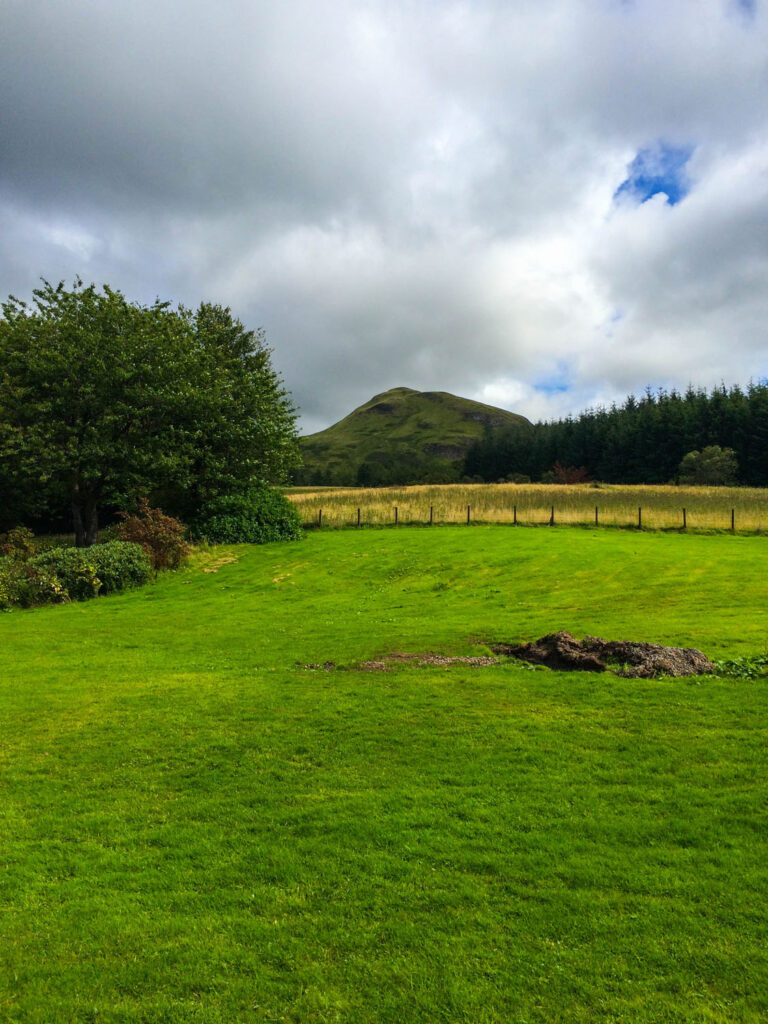
History of the Glengoyne Distillery
The Glengoyne Distillery was officially established in 1833 by George Connell, who originally leased the land on which the distillery stands. It was initially known as Burnfoot Distillery, named after the burn (a small stream) that provided the distillery with its water source.
In 1876, the distillery changed its name to Glenguin, which later evolved into the current name, Glengoyne. The name “Glengoyne” is derived from “Glen Guin,” meaning “Glen of the Wild Geese” in Gaelic, reflecting the distillery’s picturesque setting at the foot of Dumgoyne Hill.
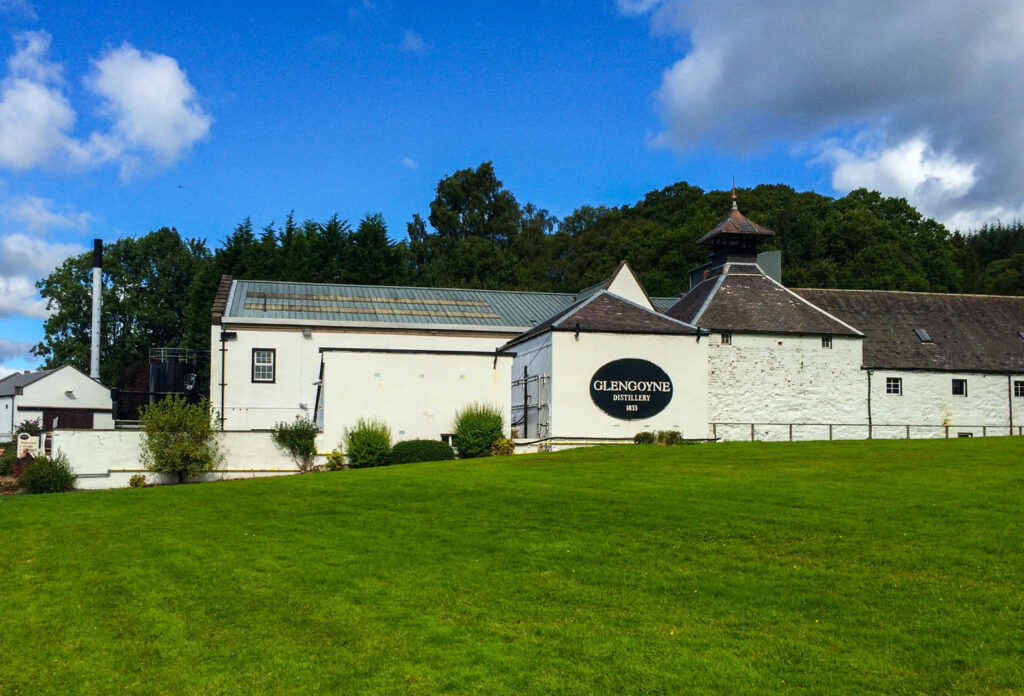
Location of the Glengoyne Distillery
Glengoyne is unique in straddling the boundary between the Highlands and the Lowlands of Scotland. The distillery is located in the Highlands, while its maturation warehouses are in the Lowlands. This geographic split is reflected in the character of its whisky, which is known for being light and delicate, without the smoky, peaty flavours typical of other Scottish whiskies.
One of the most distinctive aspects of Glengoyne’s production process is its commitment to unpeated whisky. Glengoyne does not use peat smoke to dry its barley, unlike many Scottish distilleries. Instead, the barley is dried using warm air, which allows the natural flavours of the barley to shine through, resulting in a whisky with a softer, fruitier profile.
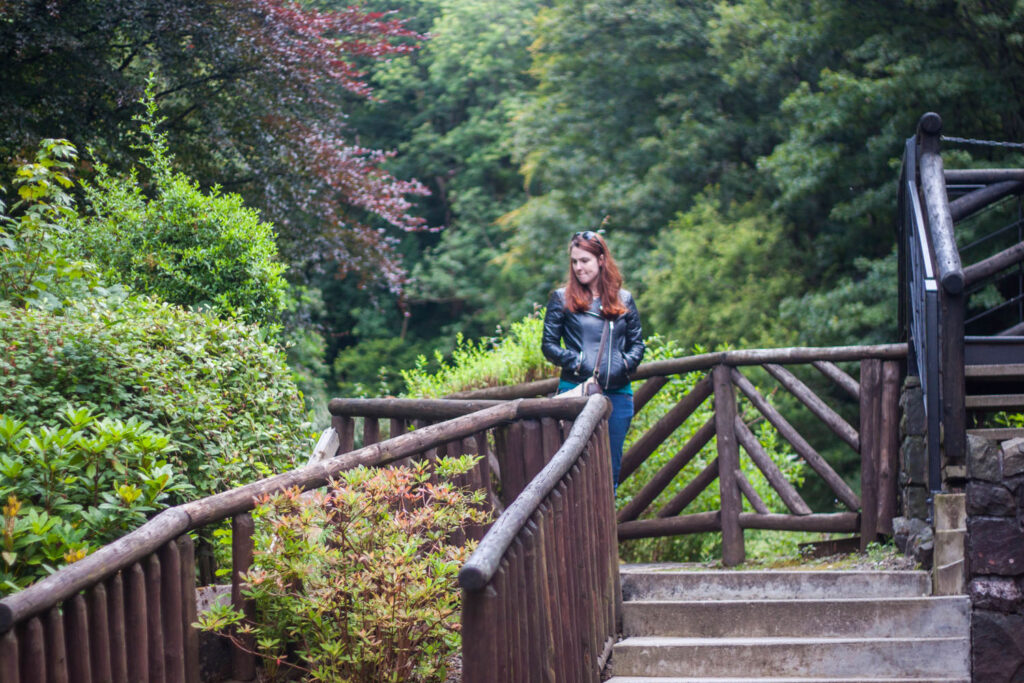
The Beauty of Glengoyne Distillery
Glengoyne is regularly called the “most beautiful whisky distillery in Scotland,” and I can truly see why. If you’re wondering why I’m spelling it “Whisky,” not “Whiskey,” it is because it is the traditional Scottish spelling. The addition of the “e” is left for the Irish “Whiskey”.
As you walk into the distillery, past the outer buildings, you come upon the water source from which all the fresh spring water for the whisky comes. The air was dewy, and you could almost taste the whisky.
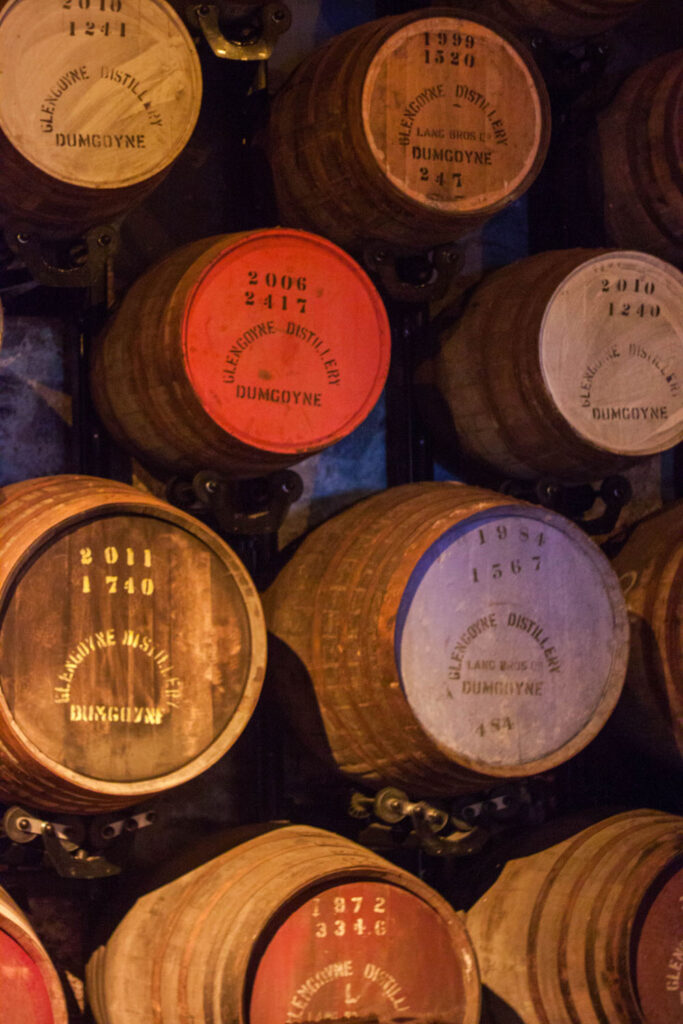
After a short presentation about whisky and its history in Scotland, we toured the mini-museum inside, where the walls were covered in pieces of ephemera and old, traditional tools once used in this distillery to make the whisky.
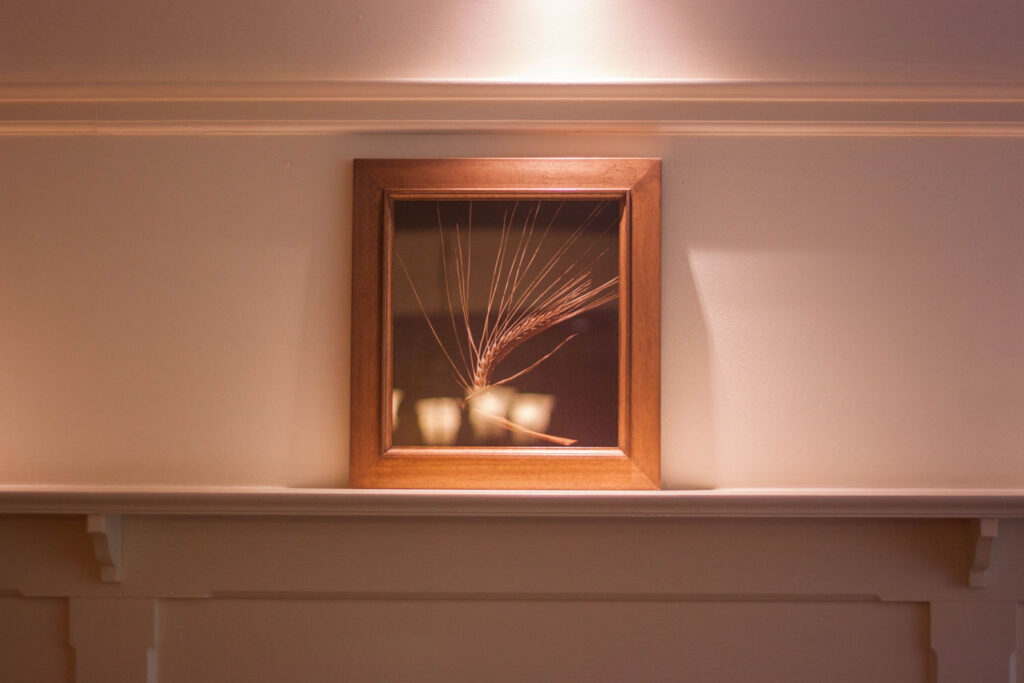
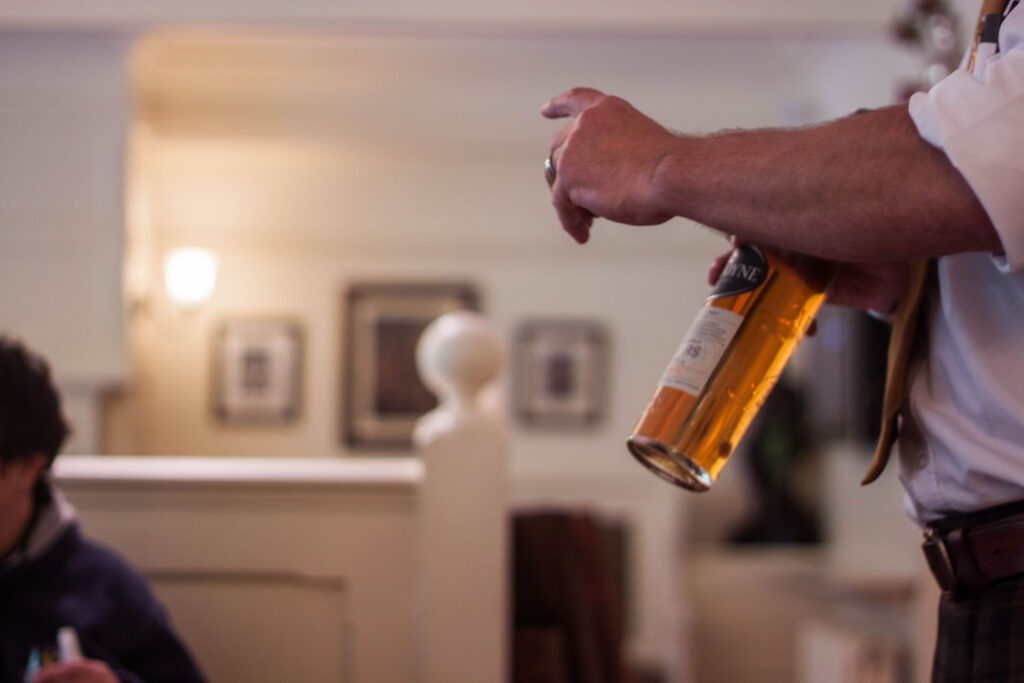
Touring the Distillery
The distillery was relatively small but beautifully laid out. We entered the room where the whisky was fermenting in HUGE wooden containers. We couldn’t take photos here because of the risk of electricity causing an explosion! They would lift the lids of these huge barrels and allow us to sniff the fermenting whisky. It almost makes you pass out, and the smell is so strong! After touring this room, you face and face the vast copper distillers who turn the fermented barley into whisky!
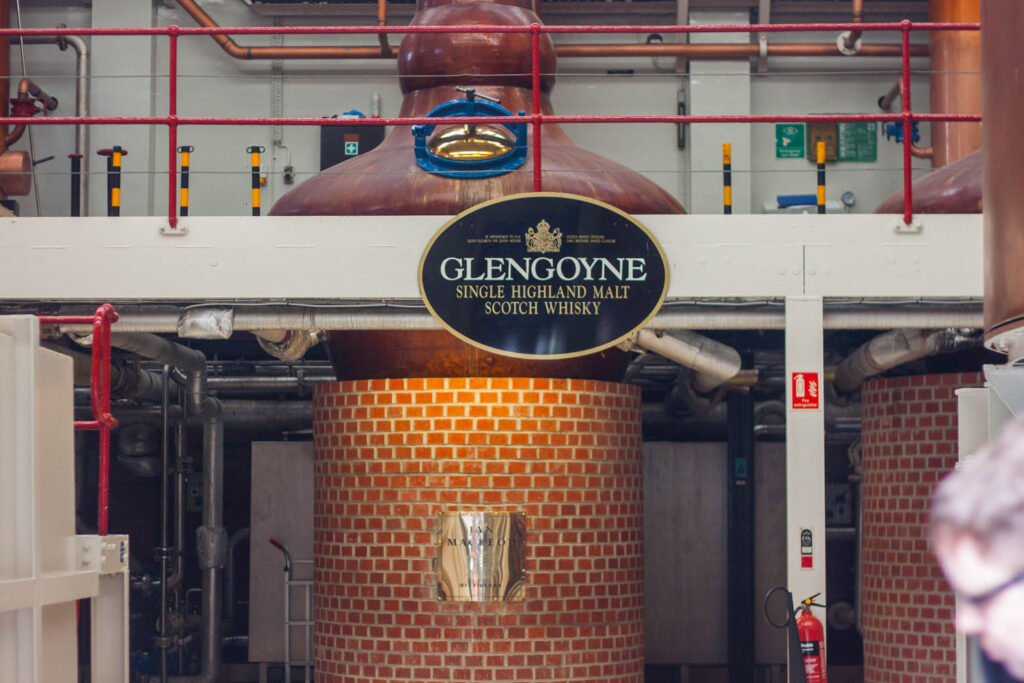
Behind lock and key are some of the oldest and most precious barrels for the Distillery. Some are owned by kings, queens and other wealthy people from all over the world. Depending on how long the whisky is aged, the colour changes. It deepens like a beautiful amber rainbow.
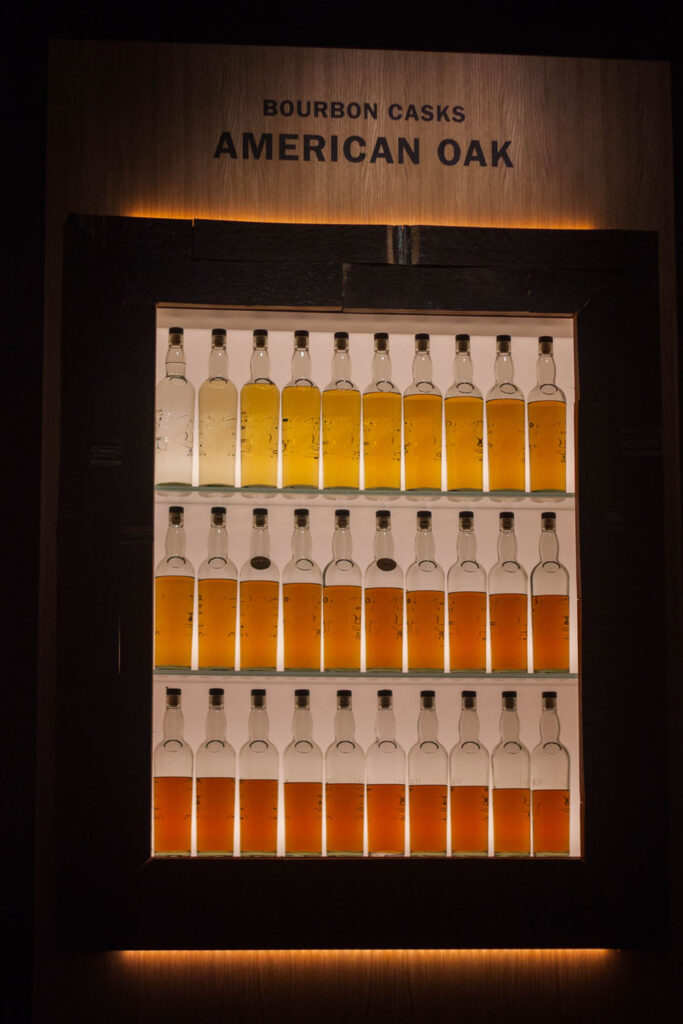
Inside the showroom were all the different varieties of the whisky they sell, from a short eight-year single malt to a bank-breaking 12-year cask-strength malt. Every time you distill whisky, a little of the liquid disappears in the process. This small portion is called the “angels share.”
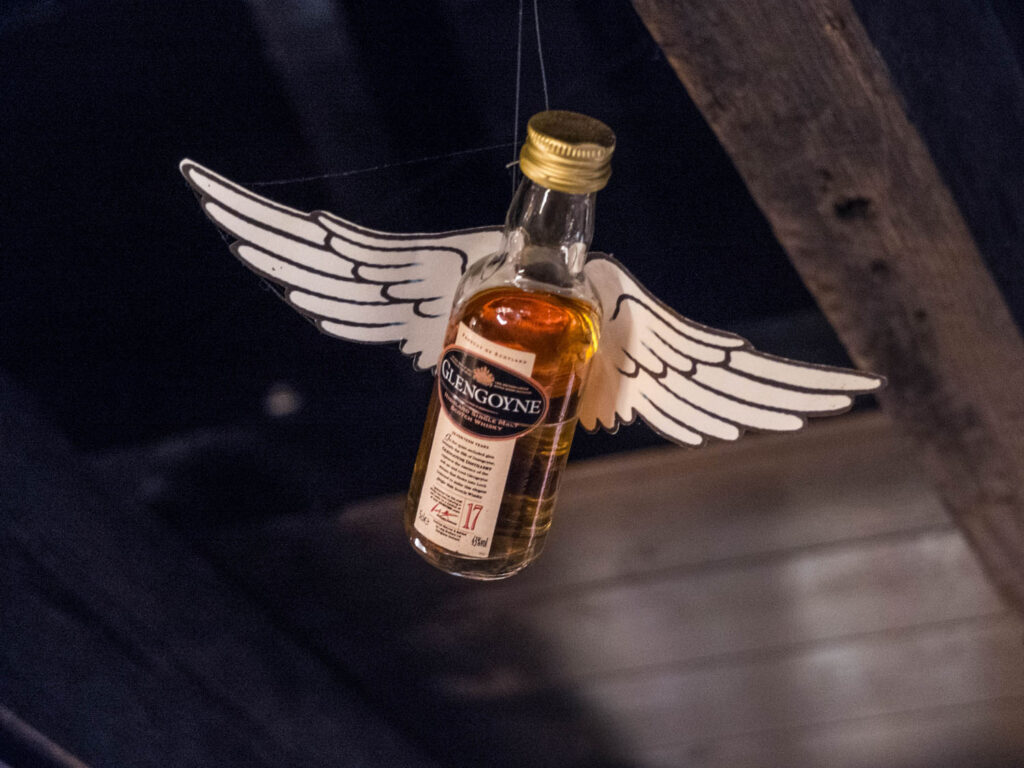
The Chocolate and Whisky Pairing
After walking around the showroom for a bit, we headed to the house where we were to have our Chocolate and Whisky Tasting. The key to eating chocolate and whisky is in the pairings. Individual chocolate will help bring out the flavour notes in the whisky. It changes the taste of the alcohol. The chocolate will cut your palate, making the taste less harsh, and it will also help to increase the depth of the flavour profile.
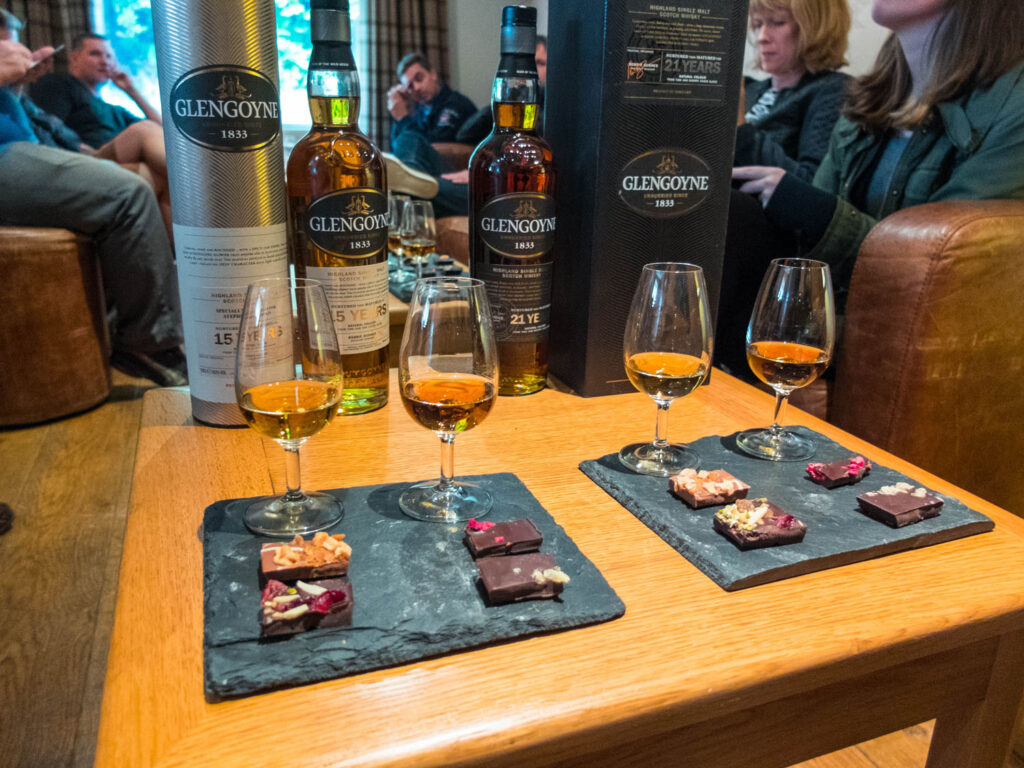
We tried two different whiskies along with the chocolate: an eight-year and a 15-year. There were four flavours: milk chocolate and caramel, dark chocolate with dried fruit and berries, dark chocolate with raspberries and dark chocolate with sea salt. My favourite was the raspberry. It was bright and sweet and mellowed the flavour of the whisky.
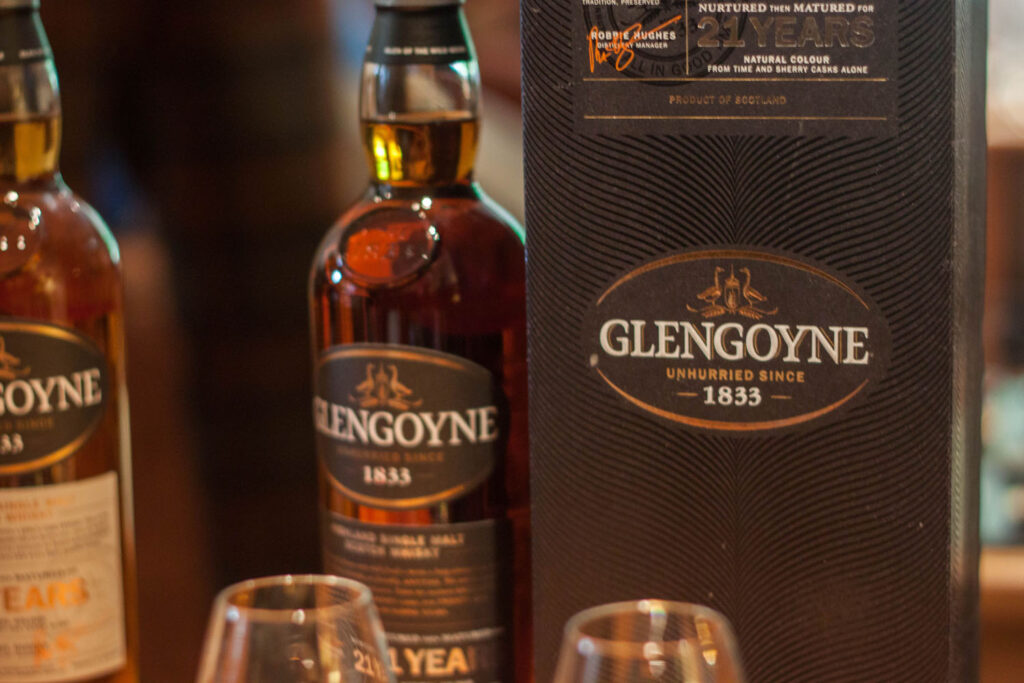
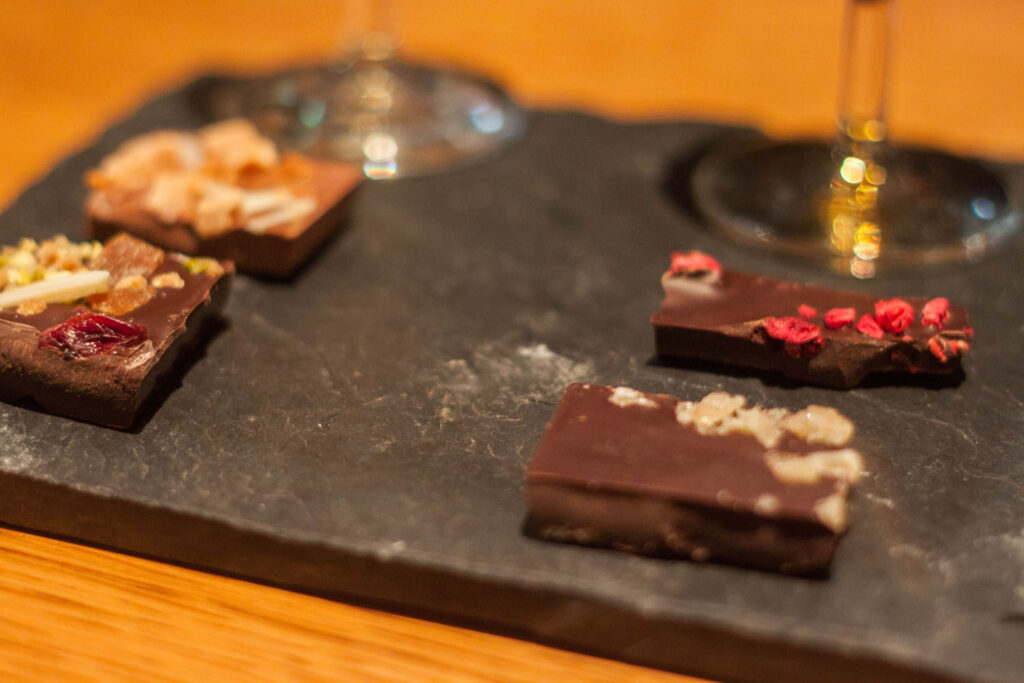
A Newfound Appreciation for Whisky
Although I’m not the biggest whisky fan, this experience allowed me to appreciate it more on a higher level, and I found the history of this distillery a fascinating study. Getting to taste the whisky and the chocolate is the way to go if you’re new to whisky or just looking for something different! So if you’re on the fence about taking a whisky tour, I would say definitely do it, as it is not just about tasting the alcohol but also about learning more about the history of Scotland, diving into their culture, and best of all, getting outside the cities to see the gorgeous landscapes surrounding the distilleries.
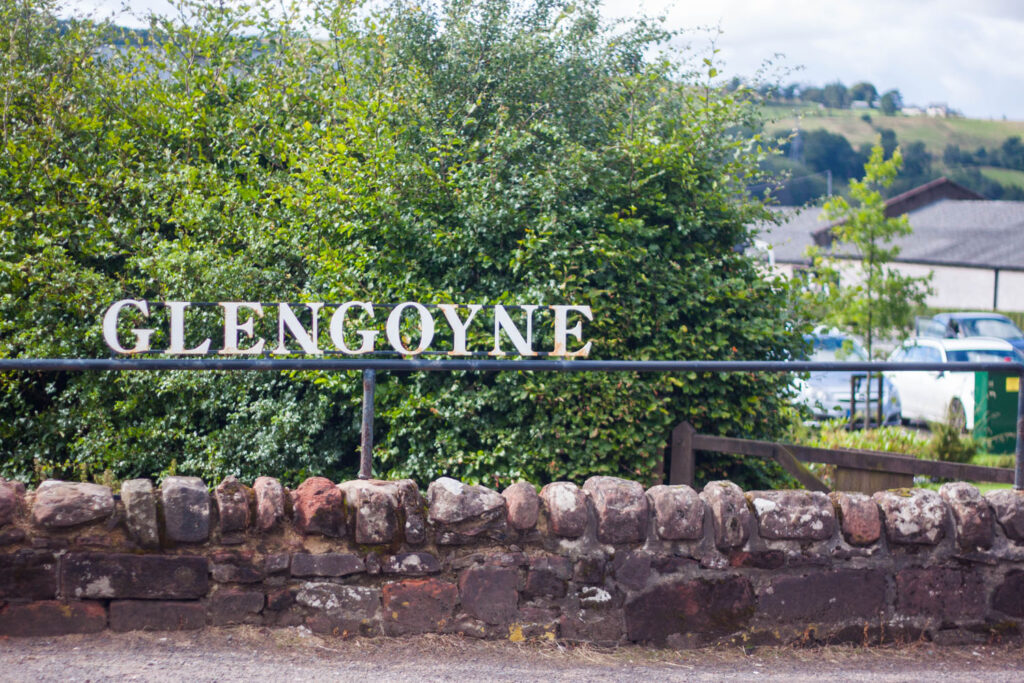
Happy Tasting, Adventurers!


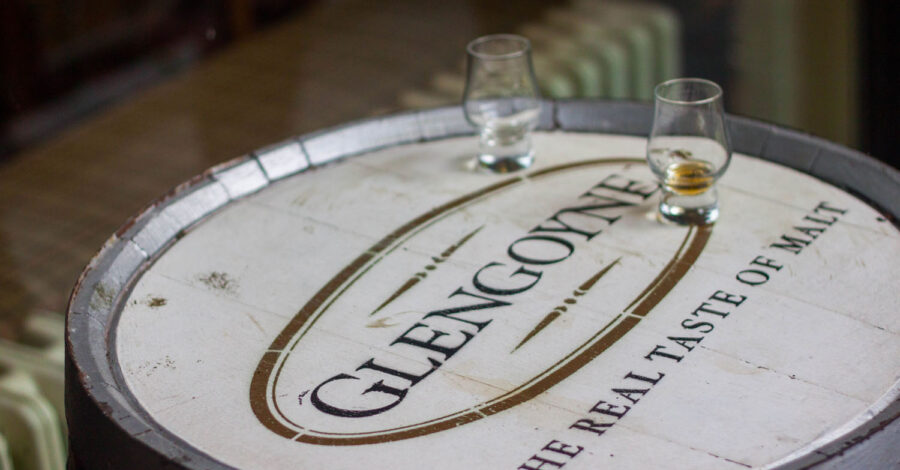
Leave a Comment